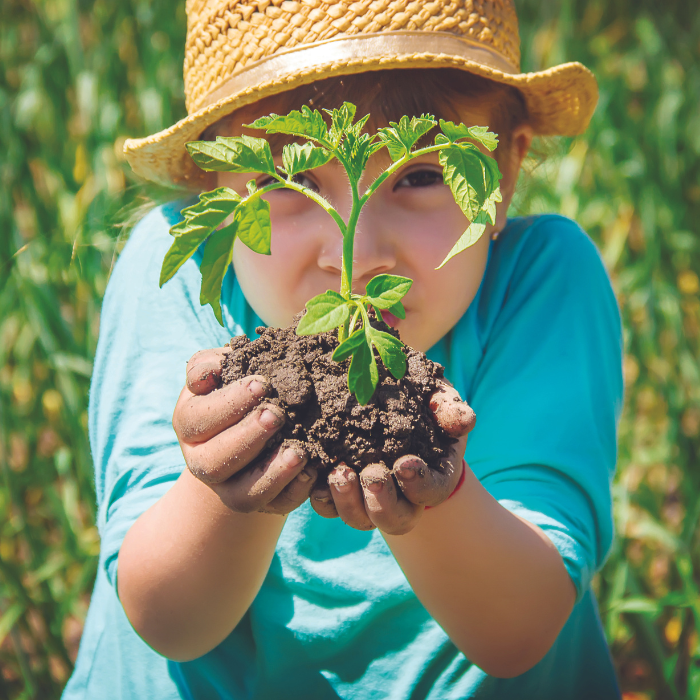
Nutritional Therapist Judith Yeabsley explains why children need to be familiar and comfortable with food before they’ll even consider trying it.
Comfort around food comes from exposure; the more often we see a food, the more comfortable we become with it. That goes for people of all ages.
Anxiety around food (and especially new food) is a big component of selective eating. Hormonal responses to anxiety produce similar responses than real fear situations – so our children could be experiencing that same awful feeling they would if they were in real danger: a heightened sense of emotion, with discomfort and hormones being released in “fight” or “flight” mode. These responses are designed to keep us safe in threatening situations, but they can shut down non-essential functions like digestion, while accelerating the heart rate. You may even notice a change in your child’s breathing. If this is happening to a child when they sit down and look at a plate of food, it’s not surprising that they are not tucking into it with delight.
Encouraging your child to eat more varied food is a marathon, not a sprint, as you’ll see outlined in the illustration below. The first steps are to encourage your child to be familiar with the food items you want to encourage them to eat – eventually!
The 7 Steps of Eating

Build Comfort Away From The Table
If carrots are a food you’d like your child to eat, then having them on the table frequently allows a child to build a gradual and gentle comfort level with them. But even doing something knowing that it’ll lead to eating (such as chopping the carrots) can put pressure on the child and change the dynamic from something that is fun to something fearful.
Actions To Try
1. If while preparing food, it’s about preparing it in a fun way, with relaxed chat, and not about all about the end result (eating) then the child is more likely to engage with that food, which is a good start.
2. Walk through the fresh produce section of your supermarket or farmer’s market together.
3. Create a shopping list with pictures of broccoli, carrots and apples for them to find and pop in the trolley (or in their own basket!)
4. Read books about fruit, vegetables and healthy food options and why our body loves it.
Ride The (Food) Rollercoaster
Progress may not be linear. You might have a week when you feel like you’ve cracked it; but then the following week it’ll be worse than ever. This is not unusual and progress might be two steps forward and one step back.
Rotate not Repeat
A good phrase is, “if we serve toast for breakfast, then it does not appear later in the day; if we serve crackers for morning tea, we have something else in the afternoon…” and so on. The more you rotate food, rather than repeat it, across the day or week, the more choices your child will see. Even if first this is within favourites – it still supports progress and means a child is getting a wider spread of nutrients.
Eating is a complicated process and is also going to be affected by a whole range of external factors:
- Whether they are tired
- What time it is
- What sort of mood they are in
- How hungry they are
- What else have they eaten throughout the day
- Who else is at the table
- The mood at the table
- What else is happening in their life
Judith’s Book Winner Winner: I eat Dinner as well as more books and workshops to help support you and your child in their quest to eating well are available at theconfidenteater.com.








